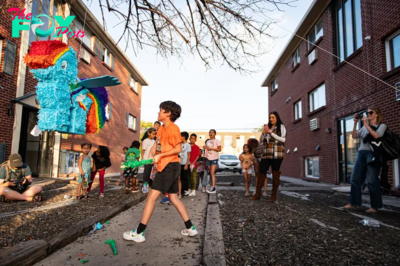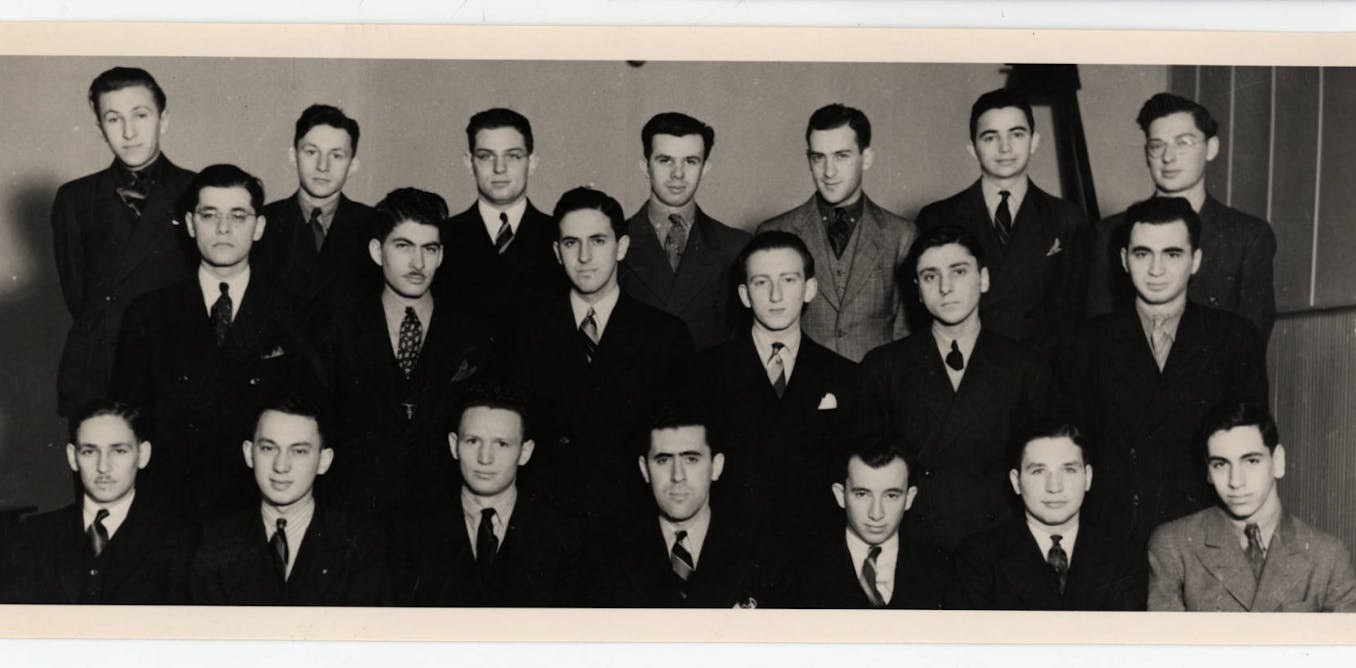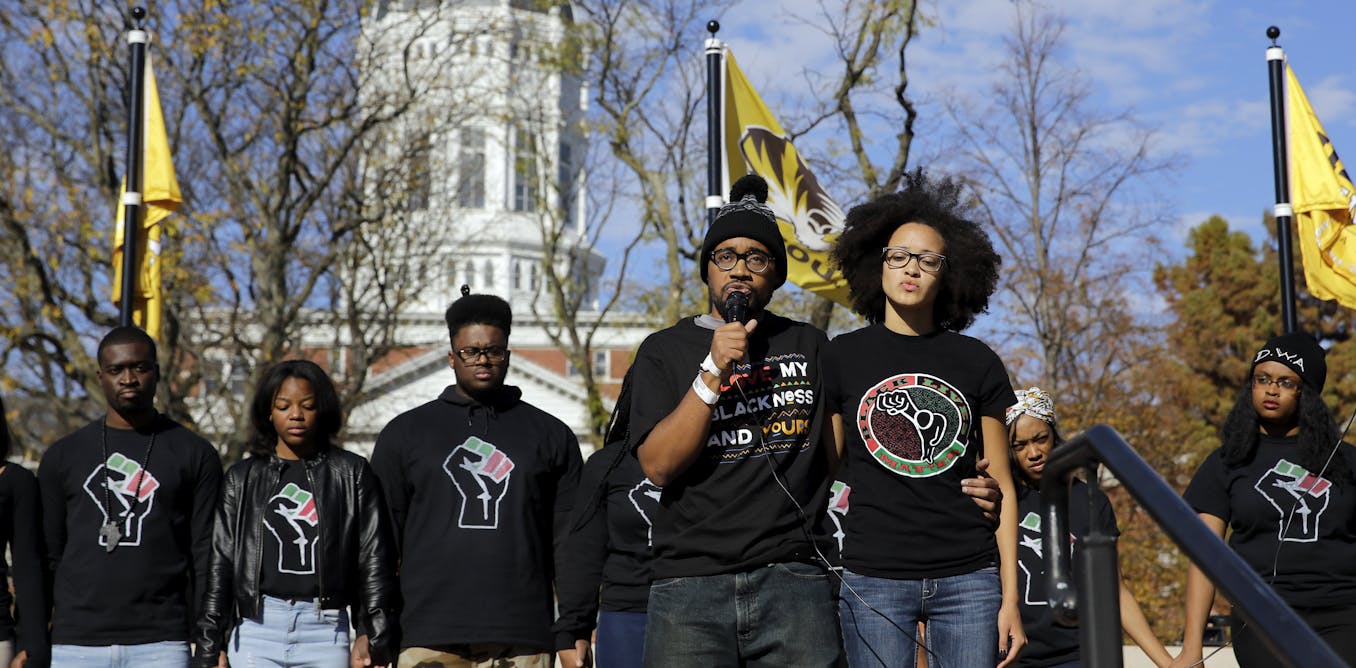Education
Students ride the rails in this course to learn about sustainability and tourism
Title of course
Amtrak Tourism: Trains, Cities and Sustainability
What prompted the idea for the course?
As a geographer, I wanted to offer a summer study abroad program on sustainability. However, it wouldn’t make sense to design a sustainability program that includes flying abroad due to planes’ excessive carbon footprint. Alternatively, Amtrak’s diesel-powered trains reduce per person carbon dioxide emissions by 40% compared with flying.
Aside from an environmental lens, I also wanted students to learn about sustainability from economic and social perspectives. During the program, students use only public transit, stay in locally owned lodgings and eat at locally sourced restaurants.
Combine my love of Amtrak with a desire to get students out of the classroom, and we found ourselves riding across the country to learn about sustainable tourism, landscapes and urban and regional planning.
What does the course explore?
Over the course of three weeks, students visit six locations, with overnight train rides between each ranging from 16-24 hours. The days are broken up into lessons on observing landscape and land use, sustainable tourism and urban deindustrialization, with at least an hour of class time on each train ride.
Destinations serve as living laboratories for our students. Classes in some cities, such as Galesburg, Illinois, or Sacramento, California, lean more heavily on exploring the cities’ industrial histories, also known as industrial heritage. In cities such as Portland, Oregon, or Glenwood Springs, Colorado, which experience large influxes of visitors every year, we focus more on tourism and planning.
Why is this course relevant now?
The federal government is investing billions of dollars to create a “new era of rail” in the United States.
The course appeals to millennial and Gen Z students who are increasingly concerned about the climate crisis and continued carbon emissions. The experience gives students real-world examples of how they can make a difference, such as through engaging with public officials and changing small habits in how they Travel.
What’s a critical lesson from the course?
Tourism will not save a community.
While staying in Glenwood Springs in Colorado, students complete an assignment about “destination tourism” – when tourism becomes the primary driver or economic base of a region. Students ride the country’s only rapid rural bus transit systems “up valley” to Aspen. On the bus, they come to understand what they’ve read in the “The Slums of Aspen,” a book about how the elite ski town passed a resolution that pushed out their immigrant workers, who live farther and farther “down valley” due to gentrification but still work in Aspen.
Once students arrive in Aspen – during the offseason, in May – they find a polished ghost town full of Prada, Dior and other high-end fashion stores and highly manicured city parks. After returning to Glenwood Springs, they reflect on the differences between the cities in terms of housing costs, sustainability and tourism labor. They also walk away with a more critical eye toward water access, the seasonality of labor, public transportation availability and Indigenous rights in our college’s own area – the Keweenaw Peninsula.
What materials does the course feature?
Students read journalist James McCommons’ “Waiting on a Train: The Embattled Future of Passenger Rail Service,” which provides both historical and engaging context organized by route and destination.
With about 100 hours aboard Amtrak trains, I also assign students podcasts such as “99% Invisible” and “Working Class History.” I often see students on the train listening to podcasts with their headphones and writing journal entries that are due every time we arrive at a new hotel.
What will the course prepare students to do?
After finishing this course, the students – who are predominantly from rural areas in Michigan – have a better understanding of how and why they can use public transportation in their daily lives and Travels. They also have a greater understanding of the positive and negative impacts of tourism on a place, particularly in postindustrial communities, and how they can be more intentional tourists themselves. Ultimately, they learn how they, as Travelers and community members, can contribute to a more sustainable and equitable future.
-

 Education21h ago
Education21h agoColorado schools commit to protecting students ahead of potential mass deportation
-

 Education3d ago
Education3d agoCampus diversity is becoming difficult to measure as students keep their race and ethnicity hidden on college applications
-

 Education4d ago
Education4d agoFederal judge rules that Louisiana shalt not require public schools to post the Ten Commandments
-

 Education4d ago
Education4d agoCampuses are ground zero in debates about antisemitism − but that’s been true for 100 years
-

 Education5d ago
Education5d agoSocioeconomic status explains most of the racial and ethnic achievement gaps in elementary school
-

 Education5d ago
Education5d agoMothers, metaphors and dyslexia: What language reveals about the challenges of a child’s learning disability
-

 Education5d ago
Education5d agoBrain-training games remain unproven, but research shows what sorts of activities do benefit cognitive functioning
-

 Education6d ago
Education6d agoRacism is such a touchy topic that many US educators avoid it – we are college professors who tackled that challenge head on

















